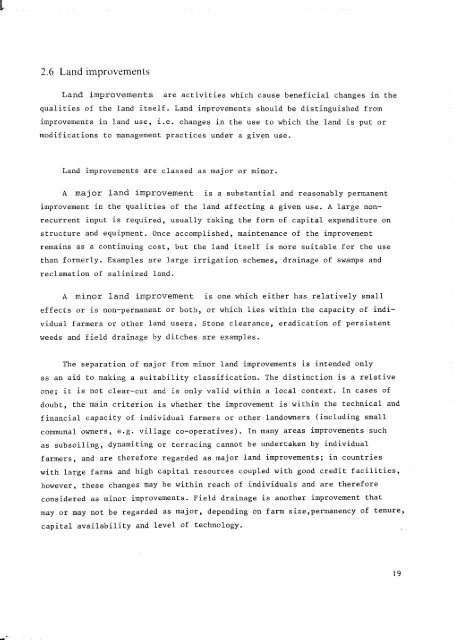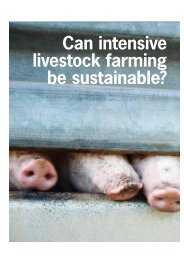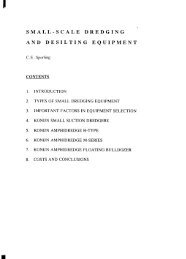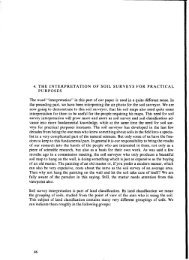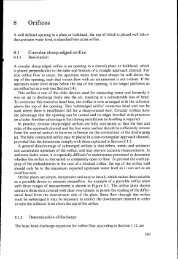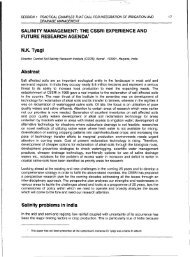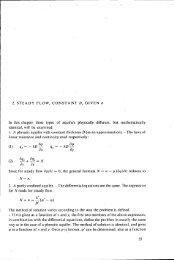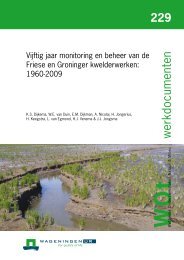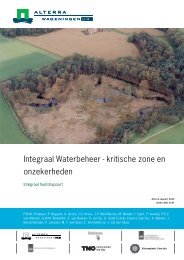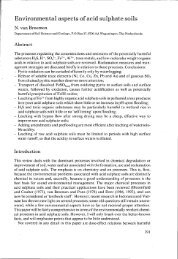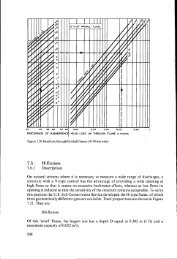Chapter 2 Basic concepts - ROOT of content
Chapter 2 Basic concepts - ROOT of content
Chapter 2 Basic concepts - ROOT of content
You also want an ePaper? Increase the reach of your titles
YUMPU automatically turns print PDFs into web optimized ePapers that Google loves.
2.6 Land improvementsLand improvements are activities which cause beneficial changes in thequalities <strong>of</strong> the land itself. Land improvements should be distinguished fromimprovements in land use, i.e. changes in the use to which the land is put ormodifications to management practices under a given use.Land improvements are classed as major or minor.A major land improvement is a substantial and reasonably permanentimprovement in the qualities <strong>of</strong> the land affecting a given use. A large nonrecurrentinput is required, usually taking the form <strong>of</strong> capital expenditure onstructure and equipment. Once accomplished, maintenance <strong>of</strong> the improvementremains as a continuing cost, but the land itself is more suitable for the usethan formerly. Examples are large irrigation schemes, drainage <strong>of</strong> swamps andreclamation <strong>of</strong> salinized land.A minor land improvement is one which either has relatively smalleffects or is non-permanent or both, or which lies within the capacity <strong>of</strong> individualfarmers or other land users. Stone clearance, eradication <strong>of</strong> persistentweeds and field drainage by ditches are examples.The separation <strong>of</strong> major from minor land improvements is intended onlyas an aid to making a suitability classification. The distinction is a relativeone; it is not clear-cut and is only valid within a local context. In cases <strong>of</strong>doubt, the main criterion is whether the improvement is within the technical andfinancial capacity <strong>of</strong> individual farmers or other landowners (including smallcommunal owners, e.g. village co-operatives). In many areas improvements suchas subsoiling, dynamiting or terracing cannot be undertaken by individualfarmers, and are therefore regarded as major land improvements; in countrieswith large farms and high capital resources coupled with good credit facilities,however, these changes may be within reach <strong>of</strong> individuals and are thereforeconsidered as minor improvements. Field drainage is another improvement thatmay or may not be regarded as major, depending on farm size,permanency <strong>of</strong> tenure,capital availability and level <strong>of</strong> technology.19


